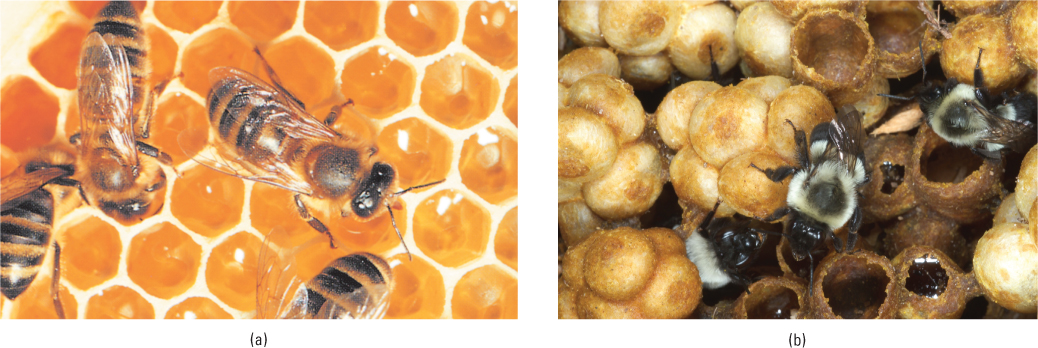
Figure 3.17 Cells built by honeybees and bumblebees Honeybees build hives with hexagonally shaped cells (a), which are the optimal shape for storing large amounts of honey and larvae using the least amount of precious wax. In order to understand how such behavior might have come about through small steps in natural selection, Darwin studied the homologous but simpler storage structures built by related bee species. The simplest, produced by bumblebees (b), consists of a cluster of spherical cells, which the bees easily build by sweeping their abdomens compass-like to carve out the spheres. Other species, more closely related to honeybees, build intermediate structures, with spherical cells that intersect and are patched up with flat wax walls at the places of intersection. From such observations, Darwin suggested that ancestors of modern honeybees built their hives in a way similar to that of modern bumblebees but, through evolution, began placing their cells ever closer together and more regularly spaced and patching up the intersections, resulting eventually in the hexagonal cells that honeybees build today.
© Mark A. Chappell/Animals Animals-All rights reserved
© Scott Camazine/Alamy
© Scott Camazine/Alamy